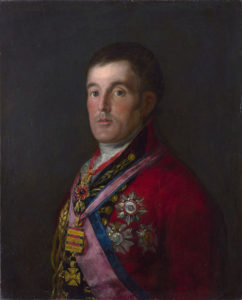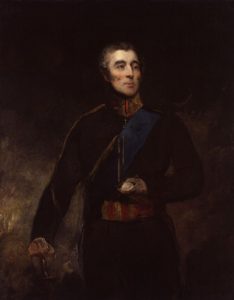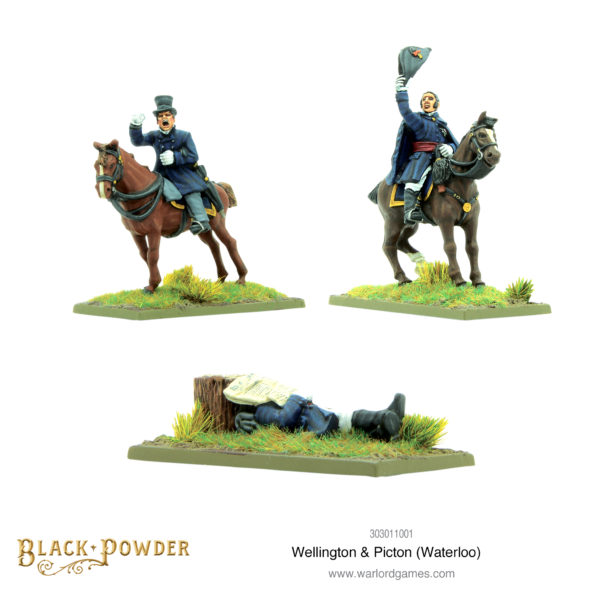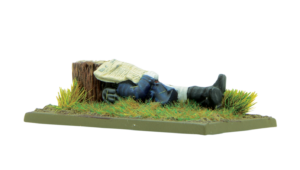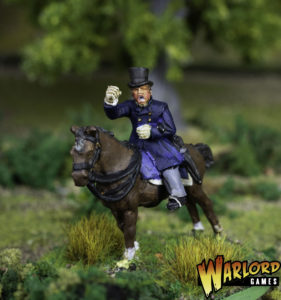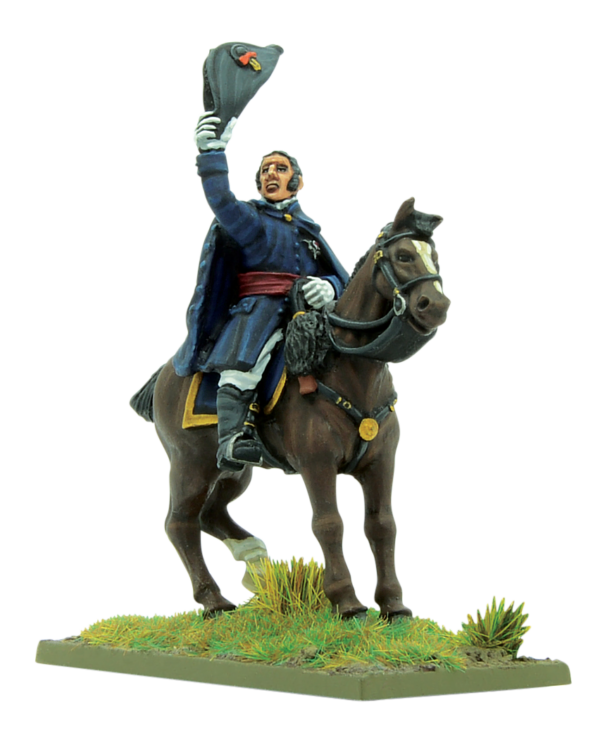
Arthur Wellesley, 1st Duke of Wellington
Arthur Wellesley, 1st Duke of Wellington; perhaps best known for commanding the allied army during the Hundred Days in 1815 and the battle of Waterloo!

Arthur Wellesley, 1st Duke of Wellington. A new sculpt by Warlorder Wojtek, available Late August 2019
The Duke of Wellington
His military career, though exemplary, is not all there is to his Legacy. Having fought in over 60 battles during his career, he became a Field Marshall during the Peninsular Campaign of the Napoleonic Wars. Following from this he would become an ambassador to France, secure his great victory at the Battle of Waterloo, a Duke, a military hero, and British Prime Minister (twice!). Quite the extraordinary career!
Early Life
Born 1 May 1769 in Dublin, Wellesley schooled in Dublin and Chelsea. He went on to Eton before moving to Brussels. At 16, he enrolled in the French Royal Academy of Equitation in Angers. It was here that he began to show his extraordinary talents, learning the art of equestrianism and becoming fluent in French (this would serve him very well in later life!)
He began his military service in the 73rd Regiment of Foot, on 7 March 1787. A transfer to a new 76th Regiment (in Ireland) ensued, and on Christmas Day 1787, he was promoted to lieutenant. He pursued an interest in politics during this time too; serving at Dublin Castle.
On becoming a captain he transferred to the 58th Regiment of Foot January 1791; in October the same year, he transferred to the 18th Light Dragoons. In 1793 he purchased a majors rank in the 33rd Regiment and, with a loan from his elder brother, purchased a lieutenant-colonelcy.
Into Battle
He helped secure victory in his very first battle: on 15 September 1794, at the Battle of Boxtel, east of Breda, Flanders. The 33rd gallantly held off enemy cavalry, giving allied units a chance to retreat safely. It was only a short time later that he secured promotion from seniority. On 3 May 1796, he rose to full colonel and a few weeks after set sail for Calcutta with his regiment.
September 1805, saw Major-General Wellesley returned from his successful campaigns in India. He took an extended leave from the army and pursued his political career.
Resuming military service, Wellesley earned the rank of Lieutenant-general on 25 April 1808, after a brief command of an infantry brigade in the Second Battle of Copenhagen. In June of the same year, he accepted the command of an expedition of 9,000 men preparing to sail for an attack on the Spanish colonies in South America. Instead, he was ordered to sail for Portugal, to take part in the Peninsular Campaign.
Peninsular Campaign
Though having defeated the French at the Battle of Roliça and the Battle of Vimeiro Wellesley was relieved of command, and placed under enquiry, though was exonerated. Back in command, he arrived in Lisbon on 22 April 1809 and immediately took to the offensive. At the Second Battle of Porto, he crossed the Douro river in a surprise move and routed Marshal Soult’s French troops.
His advance into Spain did not go smoothly however, with the allied Spanish forces providing a constant source of irritation for Wellesley. Of particular note was General Cuesta’s lack of co-operation at the Battle of Talavera. Although a great victory at Talavera was secured, the cost was dire – in both men and supplies. Wellesley would retreat into Portugal with no trust for Cuesta or his Spanish forces.
On to France
In 1810, a newly enlarged French army under Marshal André Masséna invaded Portugal. Contrary to the opinion of the British Parliament, Lord Wellington elected to hold fast. Slowing the French down at Bulaco, he then covertly arranged the construction of the Lines of Torres Vedras. This prevented the French forces from taking the Lisbon Peninsular.
Notable clashes followed; in 1811 Wellesley narrowly checked the French at the Battle of Fuentes de Onoro. He finally captured Ciudad Rodrigo, in 1812, having exploited the French as they moved into Winter Quarters (preventing any swift reaction). Moving south, he besieged the fortress of Badajoz for a month; the culmination of which was a particularly bloody night, but victory to Wellesley.
Attaining Command
Wellesley eventually attained command of all Allied armies in Spain, following the French rout at the Battle of Salamanca; having also earned the titles of Earl and Marquess of Wellington for his endeavours.
His army was set back whilst attempting to claim the vital fortress of Burgos; forced to retreat to Portugal due to a severe outnumbering from 2 French armies. However, during 1813 he would continually push back the French throughout Spain.
In mid-June, his forces had caught up with the French army of King Joseph Bonaparte. They clashed in the Battle of Vitoria, in which Wellesley personally led a column against the French centre. It was this victory that resulted in his promotion to Field Marshal. The French Army retreating, Wellesley met them time and time again across Southern France, before launching his final offensive at the Battle of Toulouse.
Returning home as the conquering hero on 3 May 1814, Wellesley was finally made Duke of Wellington. In 1815 he would go on to win his most celebrated victories at the Battle of Waterloo; resulting in his becoming Commander in Chief of the armies in occupied France until November 1918. Thereafter his career largely took a more political focus (with two terms in office) until his eventual death in 1852.
Duke of Wellington in Miniature
We have our heroic Duke, almost ready for release, in a couple of poses alongside Lieutenant-General Sir Thomas Picton GCB (more about him soon).
Of course, our illustrious commander John Stallard couldn’t restrain himself and, having acquired a set of these brilliant characters from our Warlord Sculptor Wojtek, promptly painted them up ready for his next battle:
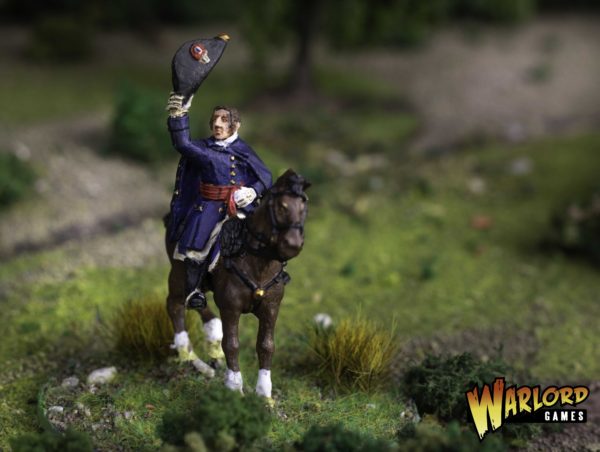
Rather spiffing wouldn’t you say 🙂
Watch out for this special pack in your local stores toward the end of August!
The post Arthur Wellesley, 1st Duke of Wellington appeared first on Warlord Games.

